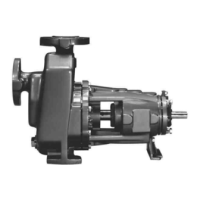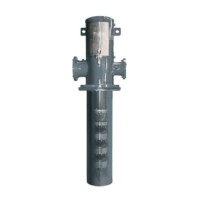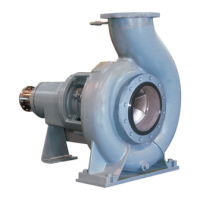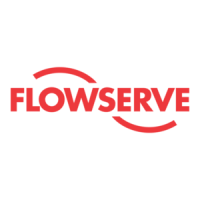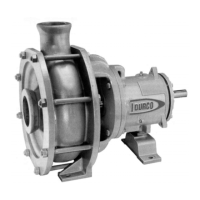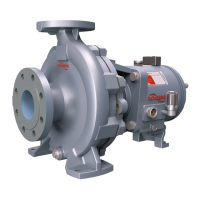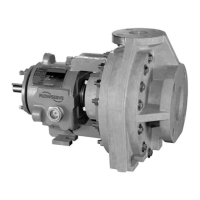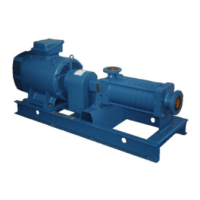
Do you have a question about the Flowserve WDX R/C and is the answer not in the manual?
| Brand | Flowserve |
|---|---|
| Model | WDX R/C |
| Category | Water Pump |
| Language | English |
General information about the manual and product use.
Information on CE marking and relevant directives for equipment safety.
Explains the different safety symbols used in the manual.
Actions to prevent injury and equipment damage, including specific dangers.
Compliance requirements for ATEX equipment and zones.
Example of ATEX equipment marking and its components.
Ensuring equipment temperature class suits hazard zone and liquid temp limits.
Measures to prevent explosive mixtures, e.g., proper filling and venting.
Measures to prevent sparks from mechanical contact or static charge.
Ensuring pump is used for approved liquids and preventing hazardous leaks.
Correct maintenance practices to avoid explosion hazards.
General instructions and safety precautions for handling pumps and components.
Guidelines for safely lifting motor pump units, including safety equipment.
Overview of WDX pump types and their configurations.
Description of pump casing design, sealing, and pressure containment.
Specifies minimum continuous flow rates based on temperature.
Table showing nominal clearances for various pump sizes and materials.
Performance curves showing flow vs head at 2970 RPM.
Guidelines for selecting a suitable location for pump installation.
Steps for correctly positioning and levelling the pump unit on its foundation.
Detailed procedures for checking and performing pump-driver alignment.
Guidelines for suction and discharge pipework design and installation.
Safety precautions for electrical connections by qualified personnel.
Details on oil lubrication systems, level maintenance, and oil type.
Table of recommended oil lubricants and their characteristics.
Guidelines for vibration monitoring and alarm/trip settings.
Explanation of NPSHA and NPSHR requirements to prevent cavitation.
Recommended schedule and steps for routine pump maintenance.
Guidelines for maintaining oil level and changing oil for bearings.
Maintenance for packed glands, including tightening and replacement.
Information required for ordering replacement parts from Flowserve.
Steps for dismantling oil-lubricated antifriction thrust bearings.
Steps for dismantling antifriction bearings in WDXR and WDXC.
Notes on replacing mechanical seals, requiring bearing assembly disassembly.
Steps for dismantling balancing drum and ring in WDXR/E/S variants.
Checking precision surfaces for damage, corrosion, or misalignment.
Detailed sectional drawing of WDXR grease lubricated, uncooled pump.
Sectional drawings for WDXE and WDXS pump variants.
Detailed drawings of wear rings for pump components.
Information on additional user instructions for drivers, instrumentation, etc.
